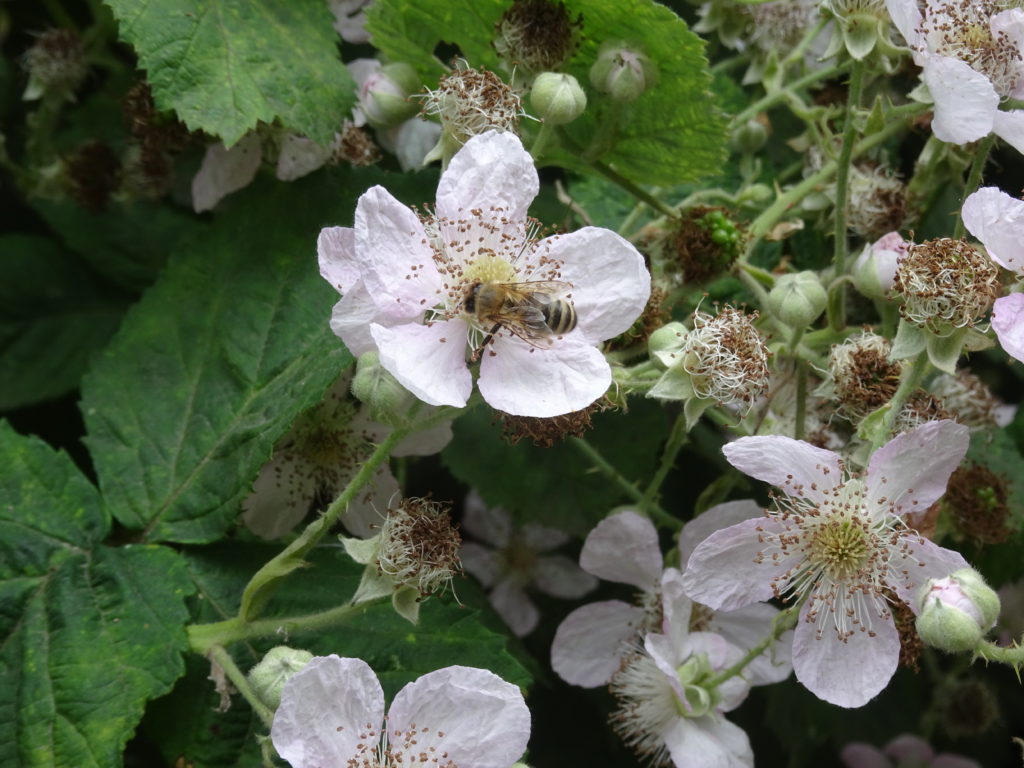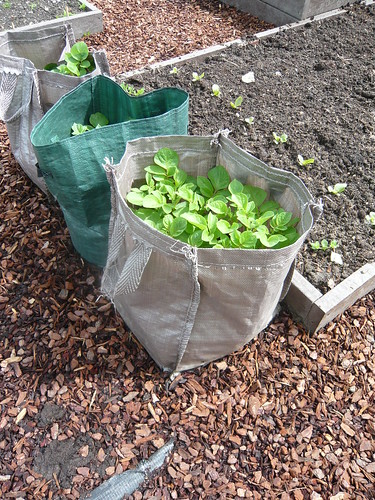English Walled Kitchen Gardens
Walled gardens make great spaces for your special kitchen garden. Traditionally associated with larger estates, country houses and stately homes many were designed to provide a continual supply of fresh fruit, flowers and vegetables for the ‘big house’. It is the micro climate that walled gardens induce thus creating the facility to grow more exotic fruit trees against walls or with the aide of heated glasshouses.
There are many more discrete kitchen gardens where you can model your own food producing plot with ideas in this National Trust book. Even one well situated wall can provide shelter climbing space and support within a kitchen garden.


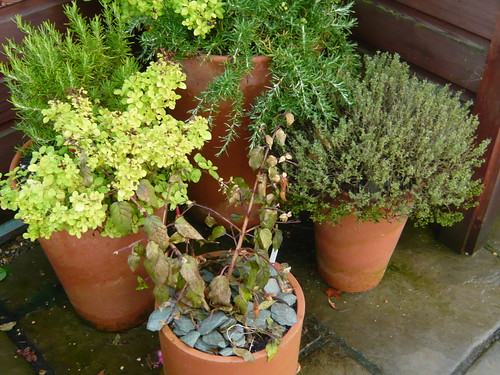
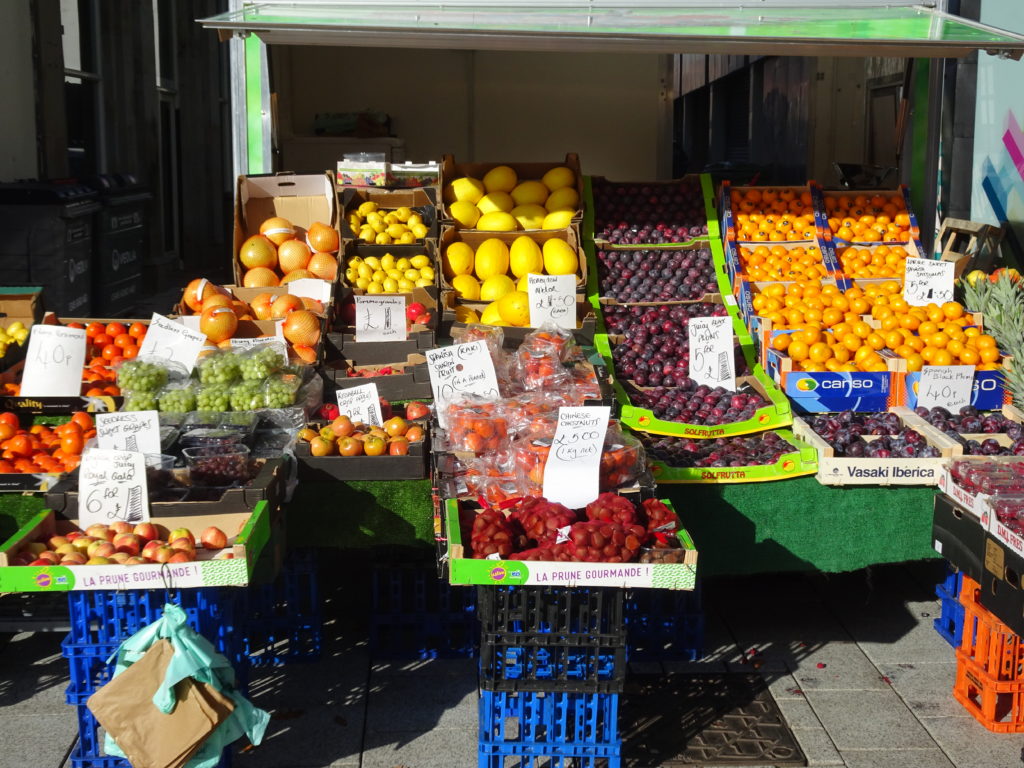
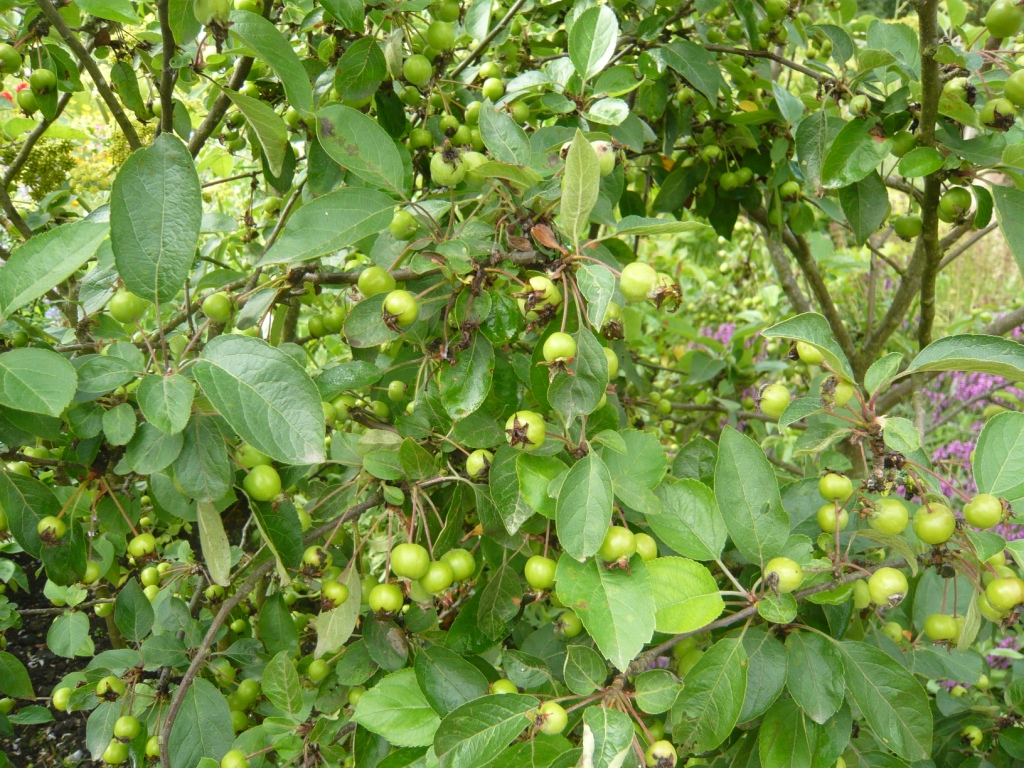
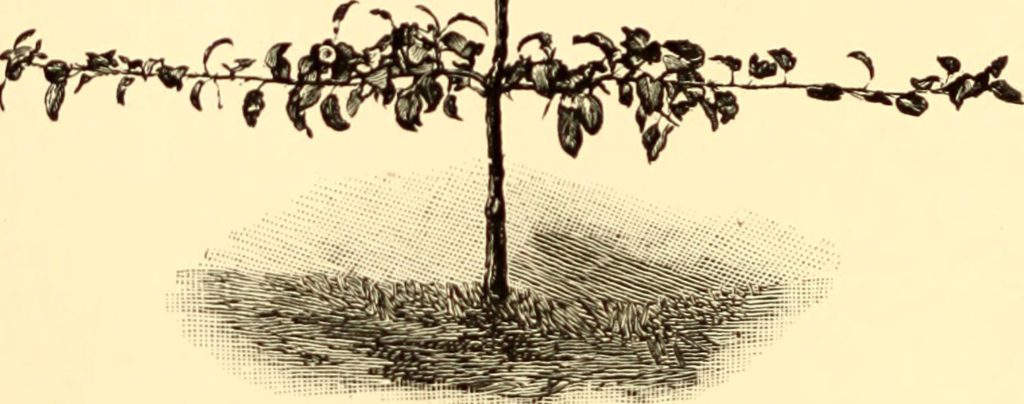
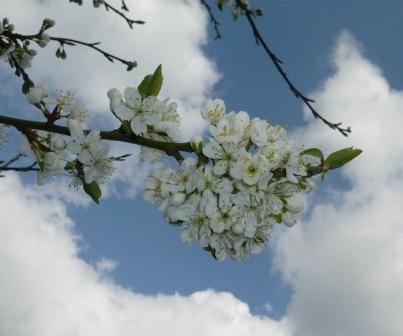

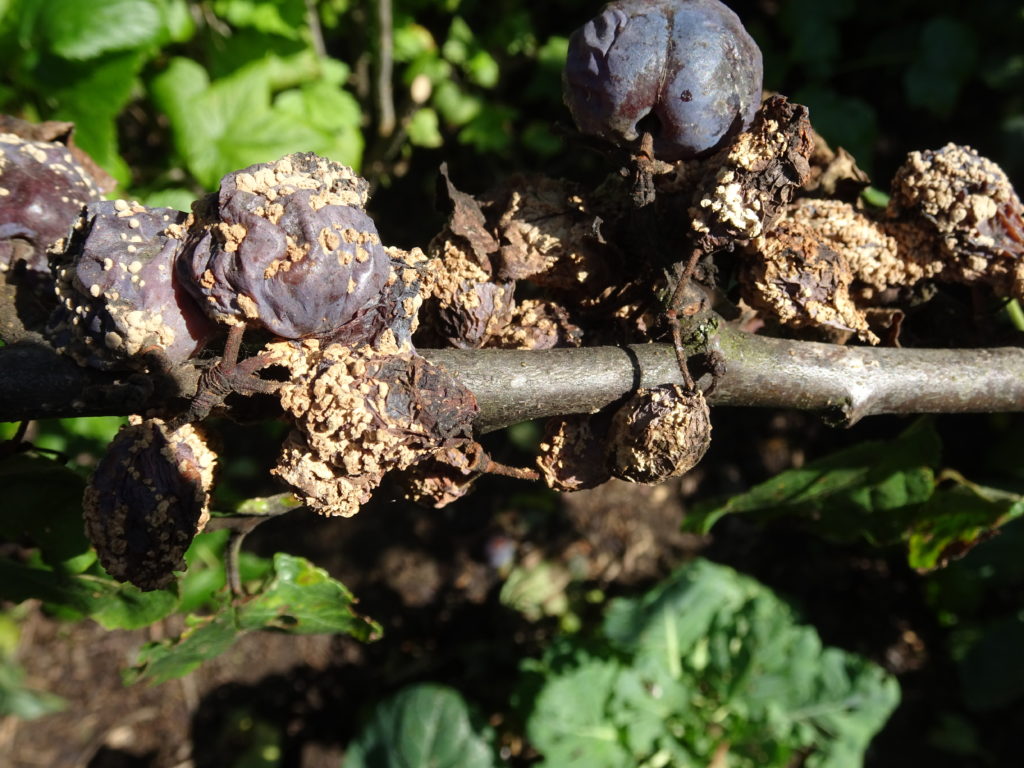

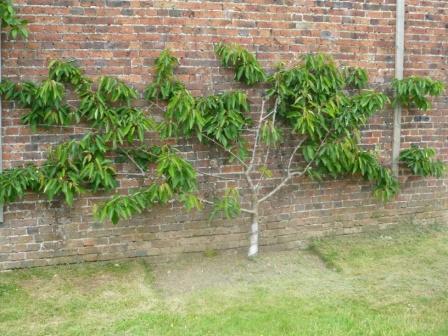
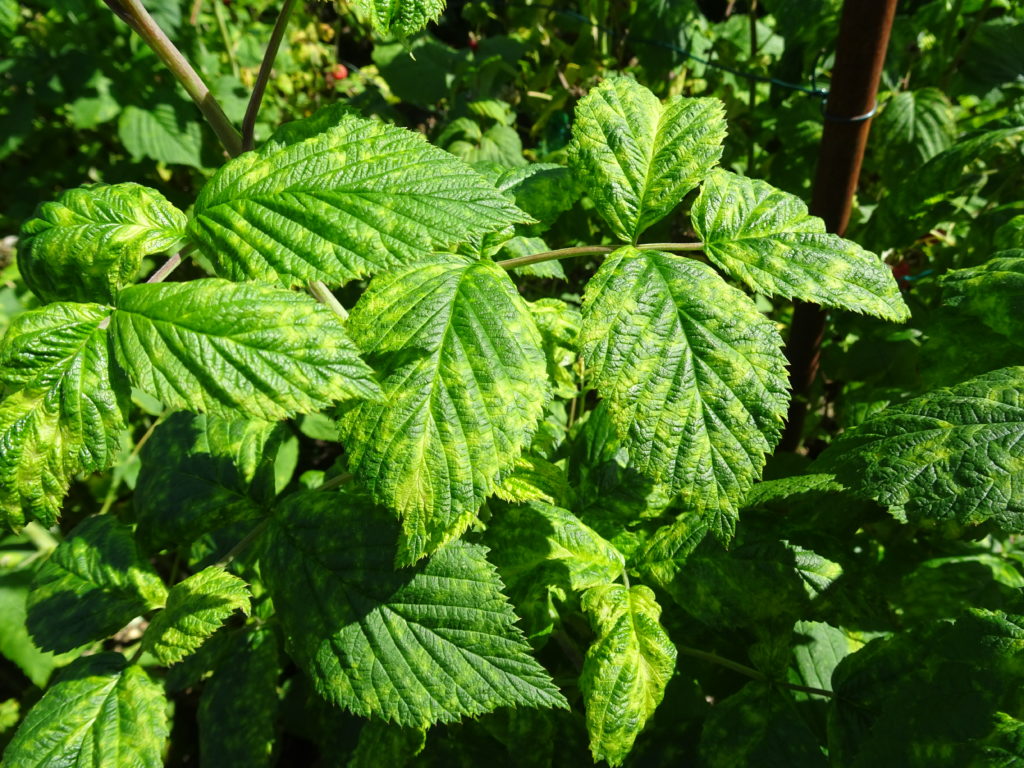 A virus has struck my favourite raspberries and the leaves have gone mottled. The light lemon green could have been a sign of magnesium deficiency but that turns out to be wishful thinking on my part. One variety partially effected last year is now in full denial and full of virus (its not just raspberry flu either.)
A virus has struck my favourite raspberries and the leaves have gone mottled. The light lemon green could have been a sign of magnesium deficiency but that turns out to be wishful thinking on my part. One variety partially effected last year is now in full denial and full of virus (its not just raspberry flu either.)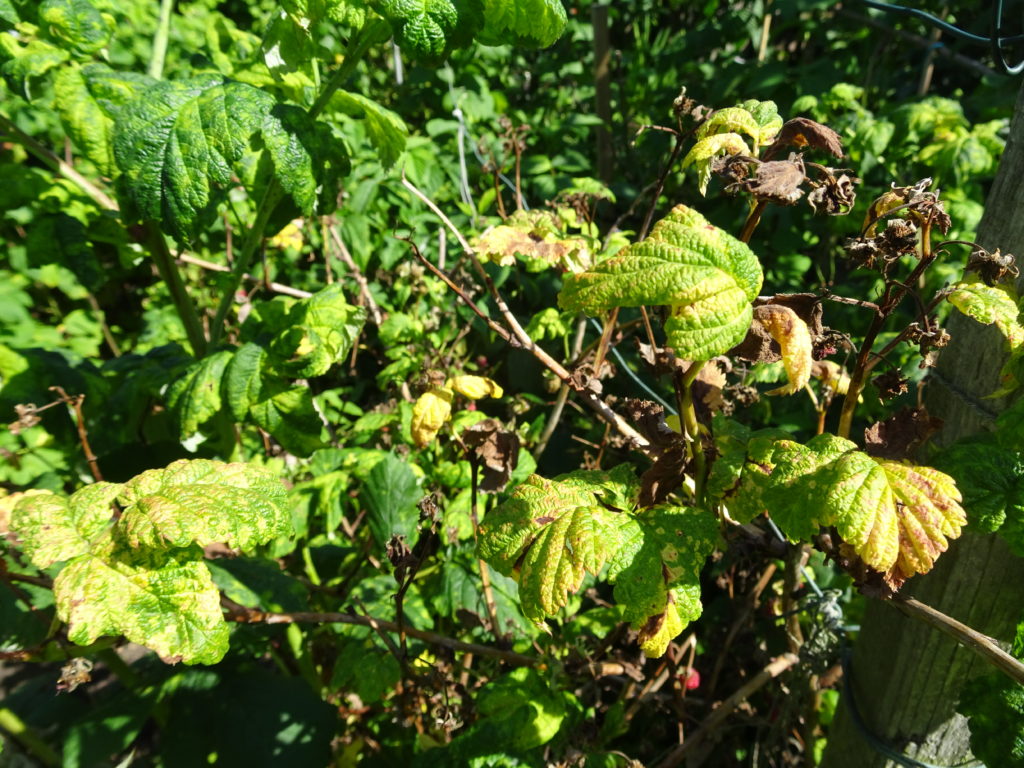

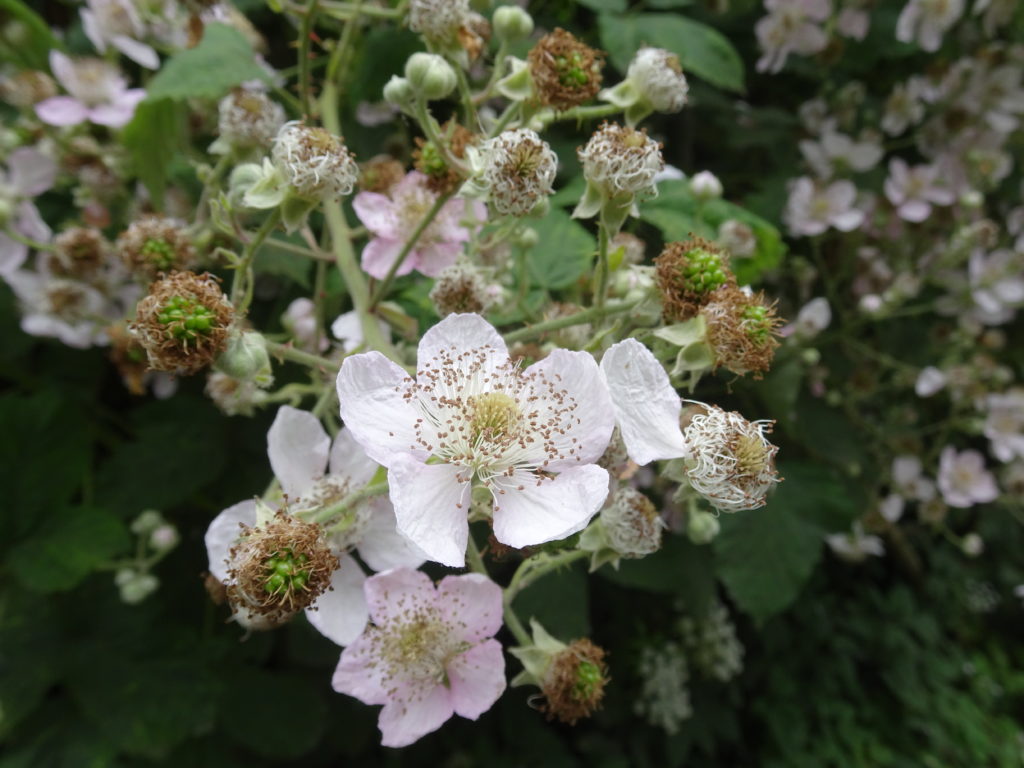 Looking carefully at this picture you can see young unopened buds at the top center with some flowers that have been pollinated and begun to show nascent green fruitlets which will turn into blackberries when they swell and ripen.
Looking carefully at this picture you can see young unopened buds at the top center with some flowers that have been pollinated and begun to show nascent green fruitlets which will turn into blackberries when they swell and ripen.